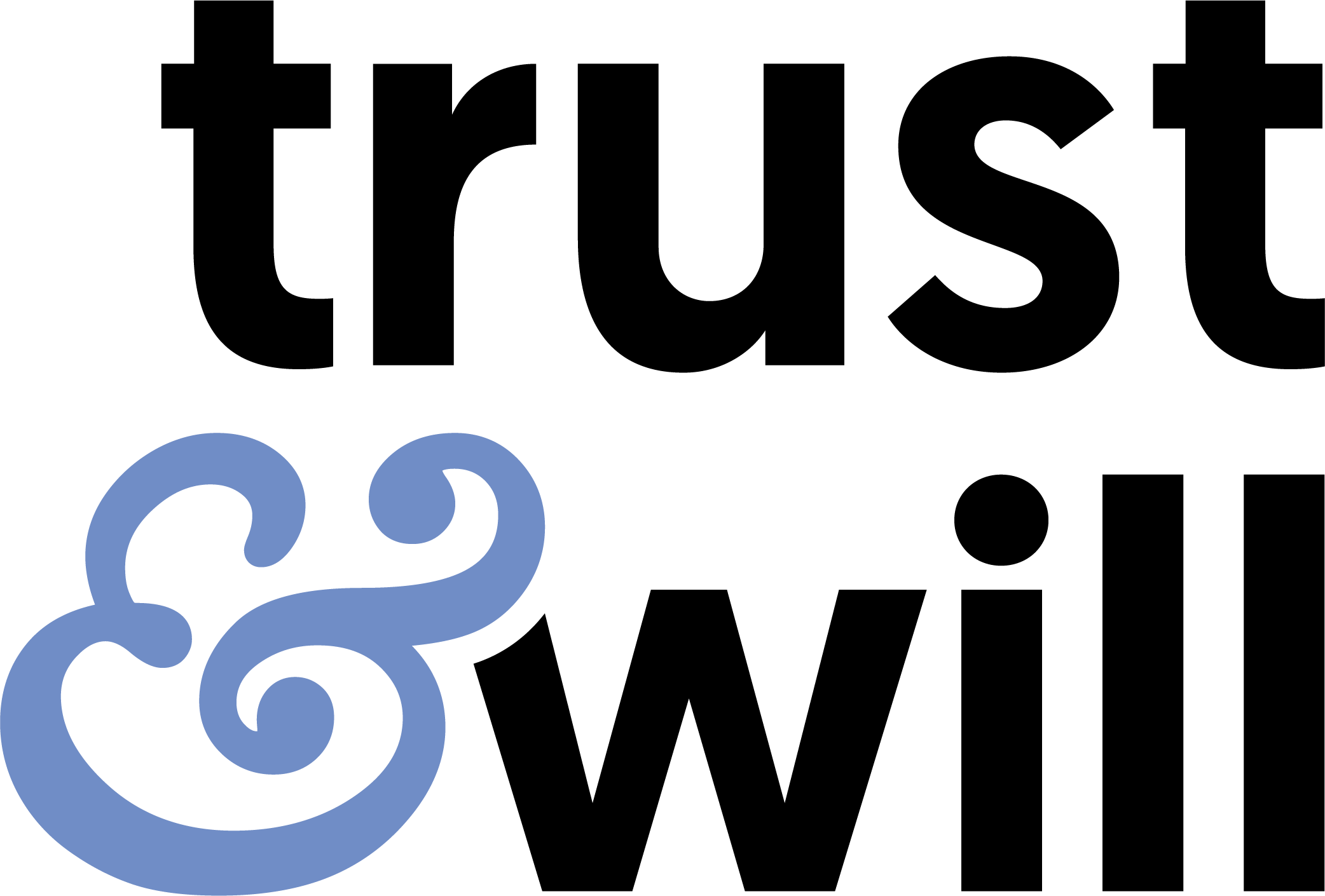 News Release
News ReleaseLong-Term Rental Startup Rentberry Raises Capital To Develop A Flexible Living Platform For Digital Nomads
Rentberry
A new app catering to digital nomads is in the works from pioneer long-term rental startup Rentberry. Launched in 2017, the San Francisco-based startup has raised more than $22 million in capital from investors to fund its patented long-term rental platform that digitizes the entire process from property search to rental management. Rentberry is raising an additional $12.4 million through the crowdfunding platform StartEngine. That, along with the $22 million already raised, will help fund the company’s expansion, including the development of a new Flexible Living concept. Built on the existing Rentberry platform, Flexible Living will offer high-quality, fully furnished long-term rentals in the hottest cities around the globe. The concept is aimed at the growing ranks of work-from-home millennials and digital nomads looking to make the most of the freedom in their new flexible work schedules. Rentberry’s Patented Mid-Term Rental Technology Delivers A Transparent, Streamlined Rental Process The current Rentberry platform already boasts 24 million properties across 137,000 locations serving over 8 million users. For tenants, it offers a fully digital and transparent way to search for properties, submit applications, pay rent and submit maintenance requests — all in one app. For landlords, Rentberry streamlines the application, screening and rental management process from end to end so they can do everything from listing their properties to handling service requests on one intuitive platform. Flexible Living Will Offer A Mid-Term Friendly Version of Rentberry’s Platform The rapidly growing population of digital nomads is overwhelmingly made up of millennials ( 44% ) and Gen Z adults (21%). This interest looks set to grow even further; a survey found that more than 80% of millennials are interested in learning more about the digital nomad lifestyle. These younger professionals crave flexibility and freedom in the places they rent, but so far, few rental services can deliver. Short-term rental platforms like Airbnb Inc. (NASDAQ: ABNB) or Expedia Group Inc. ’s (NASDAQ: EXPE) VRBO offer fully-furnished properties that feel more like home than a hotel room, but high daily rates make them costly for longer stays. At the same time, long-term rental platforms like Zillow Group Inc. ’s (NASDAQ: ZG) Trulia or Craigslist don’t offer an easy way to find furnished mid-term rentals and lack many of the digital features that Rentberry offers to streamline the entire application and rental process. To deliver a solution that better meets the needs of young professionals, Rentberry is working on acquiring properties throughout Europe, Asia and the United States — as well as onboarding homeowners to list their properties on the Flexible Living platform — that it can then rent out exclusively through its website on three- to 12-month leases that have no security deposit requirement. The high-quality properties will be equipped with digital locks and fully furnished with work-from-home millennials in mind. With this latest round of funding on StartEngine ending Oct. 28, Rentberry hopes to have the new Flexible Living concept operational in 2023. Rentberry is the first closed-loop platform that makes the long-term rental process transparent and safe, offers contactless rental experience, and helps properties realize their true market price. Its patented technology allows tenants to submit custom offers and potentially save $87 billion on move-in costs that are currently blocked as rental security deposits. This post contains sponsored advertising content. This content is for informational purposes only and is not intended to be investing advice.The preceding information contains forward-looking statements that reflect the company’s and its management’s plans, estimates, and beliefs. Although the company makes such statements based on assumptions that we believe to be reasonable, there can be no assurance that actual results will not differ materially from those discussed in the forward-looking statements. Prospective investors are cautioned not to place undue reliance on these forward-looking statements, as they are speculative in nature and may prove incorrect. Additionally, the company does not undertake any obligation to update or revise any forward-looking statements to reflect changes in any circumstances arising after the date hereof relating to any assumptions or otherwise. Contact Details Oleksii Humeniuk o.humeniuk@rentberry.com Company Website https://rentberry.com/
October 18, 2022 08:12 AM Eastern Daylight Time







